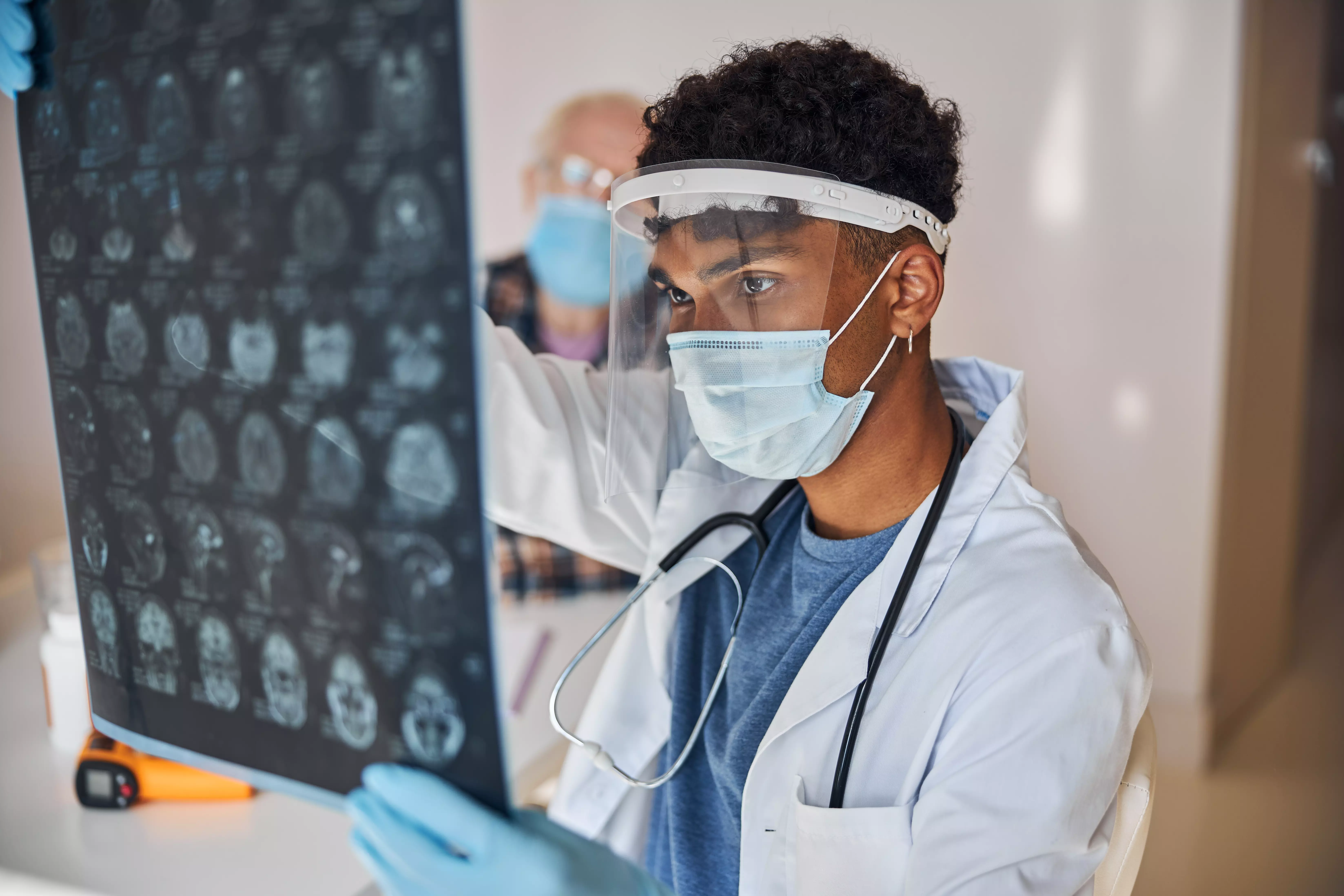Hospital at the forefront of pain management using neuropsychiatric imaging techniques
Pain is a common ailment that can significantly affect patients' quality of life. Traditional methods of diagnosing and treating pain are often inadequate. However, thanks to neuropsychiatric imaging techniques, hospitals are becoming leaders in identifying the causes of pain and effectively alleviating this unpleasant experience.
Diagnosis of pain through neuropsychiatric brain imaging
Traditional methods of pain diagnosis, such as palpation or MRI, may not provide a complete picture of the ailment. However, with neuropsychiatric brain imaging, doctors have the ability to identify areas of neuronal activity associated with pain sensation.
Thebrain imaging study allows the precise location of areas that are involved in pain perception and processing. This makes it possible to understand why patients experience pain and how the brain responds to this signal. This knowledge allows doctors to develop a personalized treatment plan tailored to the individual patient's needs.
Using neuropsychiatric imaging in pain therapy
Once the cause of pain is identified using neuropsychiatric imaging of the brain, doctors can focus on effective therapy. Therapeutic methods based on brain imaging represent a revolution in pain treatment.
Neurofeedback is one of the innovative therapeutic techniques that use imaging of the patient's brain. It involves providing feedback on neuronal activity in real time. Patients learn to control their responses to pain, and the therapist can monitor their progress through brain images.
Another tool that uses neuropsychiatric imaging is deep brain stimulation. This method involves implanting electrodes into selected areas of the patient's brain, which are then stimulated with an electric current. Neuropsychiatric imaging allows for precise placement of the electrodes, which increases the effectiveness of the therapy.
Advantages of neuropsychiatric imaging in pain management
Neuropsychiatric imaging of the brain as a diagnostic and therapeutic tool has many advantages.
Precise diagnosis: Traditional methods of pain diagnosis can be limited in the information they provide. Neuropsychiatric brain imaging can accurately identify areas of neuronal activity associated with pain sensation, enabling precise diagnosis.
Tailored therapeutic plans: With neuropsychiatric imaging, doctors can develop personalized therapeutic plans for patients. A personalized approach to pain therapy provides a better chance of effective symptom relief.
Monitoring progress: Neuropsychiatric imaging enables monitoring of therapy progress. Physicians and therapists can observe changes in patients' neural activity and adjust therapy as needed.
Less invasive procedures: Therapeutic methods based on neuropsychiatric imaging can be less invasive than traditional pain management. Neurofeedback or deep brain stimulation minimize the risk of complications and shorten the recovery process.
Summary
The hospital's leadership in pain management, using neuropsychiatric imaging techniques, opens up new perspectives in pain diagnosis and therapy. Imaging the patient's brain allows the precise localization of areas associated with pain sensation, which enables precise diagnosis. This makes it possible to develop a personalized therapeutic plan, tailored to the patient's individual needs. Therapeutic methods based on neuropsychiatric imaging, such as neurofeedback and deep brain stimulation, represent a breakthrough in pain management. Neuropsychiatric brain imaging provides precise diagnosis, tailored treatment plans, progress monitoring and less invasive procedures. With these advantages, hospitals are becoming leaders in alleviating pain and improving patients' quality of life.